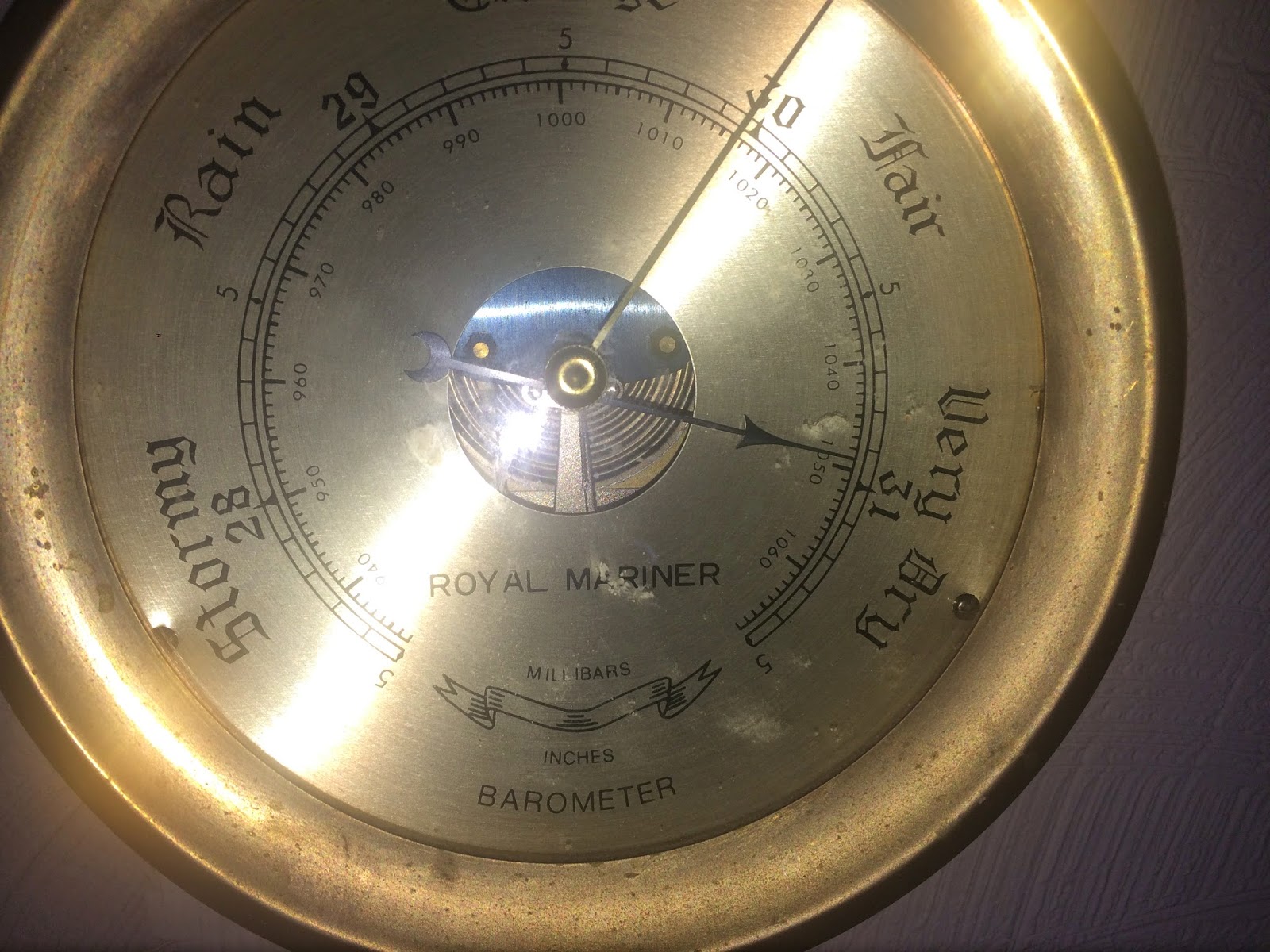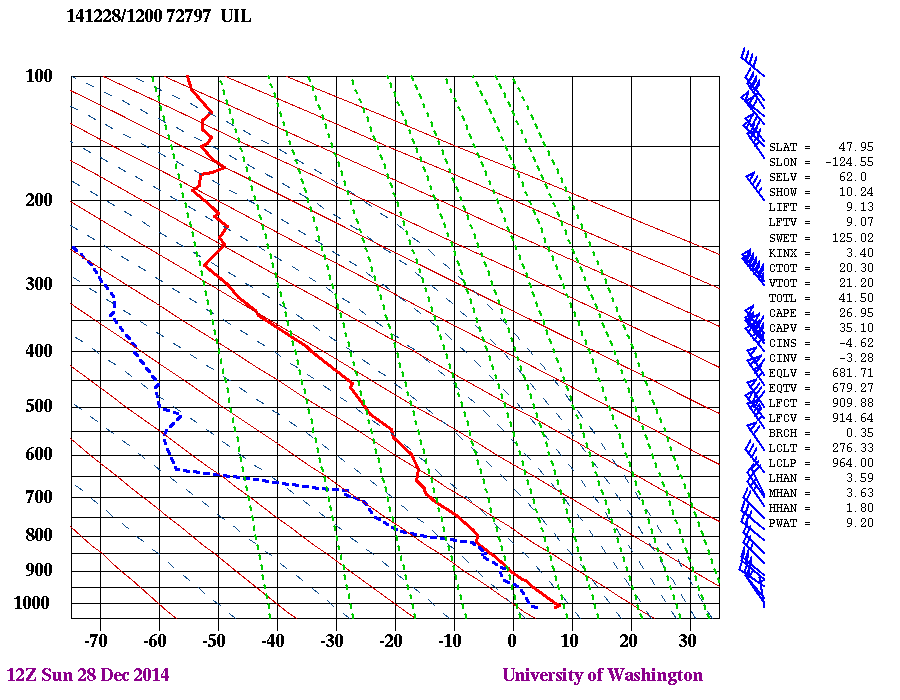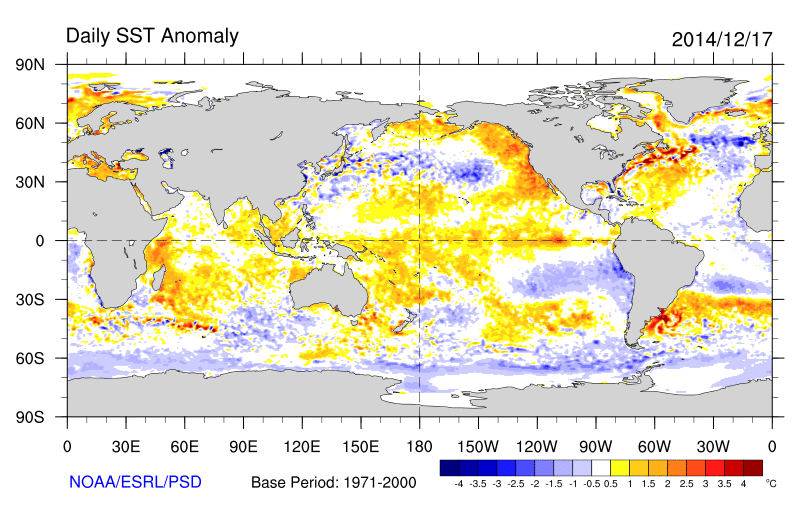The highest sea level pressure ever recorded at some northwest stations. For others it is the highest December sea level pressure on record.
Some folks are complaining about strange sinus pain and headaches, among other maladies. I know I am feeling a strange tightness in my head.
And the pressure is still rising as I write this!
Picture courtesy of John Thoreson
So what kind of pressures are we talking about?
At Seattle-Tacoma Airport this morning at 11 AM the pressure reached 1045.5 hPa (hPa or hectopascals is a unit of pressure). Another unit of pressure is inches of mercury (often used on TV). In that unit, the pressure reached 30.87 inches. Wow.
At the same time, here are some other amazing sea level pressures:
Bellingham 1046.4 hPa
Whidbey Island NAS 1046.2
Portland 1043.9
Pasco and The Dalles 1048.9
Now let's talk about records, and keep in mind that average sea level pressure around here is approximately 1013 hPa.
Seattle's pressure this morning (1045.5 hPa) is THE ALL TIME RECORD FOR ANY DATE. The old record was 1043.1 hPa set on December 1, 2011.
(The period of record goes back to 1948)
Astoria breached its ALL TIME SEA LEVEL PRESSURE RECORD by climbing to 1042.9 hPa or 30.80 inches. The old record was 30.74 inches.
Many locations have reached their all-time December records (such as Portland, Yakima, and Walla Walla)
To get some perspective on the pressure distribution, here is the official National Weather Service analysis at 7 AM. Their analysis shows the highest pressure (1056 hPa) high in British Columbia. The highest pressure EVER observed ANYWHERE in the continental U.S. was 1064 hPa on December 24, 1983 at a location in Montana.
To give you an idea of how unusual this pressure is, take a look at the plot of sea level pressure at Seattle Tacoma Airport for the last 12 weeks. Nothing even close to what is happening now.
Why is the sea level pressure so high?
We start with a strong ridge along, as illustrated by the forecast upper level (500 hPa, about 18,000 ft) map at 10 AM (see below). The solid lines are heights (like pressure) and colors are temperature. You can see a high-amplitude upper-level ridge extending over the northwest.
This kind of pattern is conducive to the movement of cooler air over our region (northeasterly flow). Cool air is more dense, so that increases the pressure even more. To show this, here is the 850 hPa (about 5000 ft) heights and temperatures (color shaded). The purple and blues indicate cool air.
So this pattern got everything right: high pressure aloft and cool air near the surface...both leading to high sea level pressure.
For those who are suffering from the high pressure there is a cure....drive up into the Cascades or up one of our local hills. Pressure drops about 1 hPa every 8 meters. Even taking the elevator up the Columbia Center Tower or the Space Needle will help. But some warning. Some folks get headaches, sinus pain, and arthritis flair ups when pressure drops rapidly!












.jpeg)


.gif)
.gif)


.gif)



































